Cauliflower Fungus
This odd looking though tasty woodland fungus maybe tricky to clean, but it is very easy to identify.
| Mushroom Type | |
| Common Names | Wood Cauliflower (EN), Cauliflower Fungus, Brain Fungus, Pengrych (CY), Siedzuń Sosnowy (PL), Fodros Káposztagomba (HU) |
| Scientific Name | Sparassis crispa |
| Season Start | Aug |
| Season End | Nov |
| Average Mushroom height (CM) | 25 |
| Average Cap width (CM) | 25 |
Fruiting Body
All the visible parts above ground are fattened lobes looking similar to a sea sponge, brain or cauliflower. Can be light brown, buff to yellow/grey to creamy white.
Possible Confusion
Sparassis spathulata and Sparassis brevipes are almost identical looking mushrooms which generally grow with broadleaf trees but can be found with pine.. Some mycologists consider other species in the Sparassis genus to exist, but this is of little interest for the forager as none are poisonous.
You are unlikely to confuse these species with anything else in Great Britain.
Spore Print
Colourless unless in large amounts when they appear pale yellow. Subglobose to ellipsoid to ovoid.
Taste / Smell
Tasty when young and fresh but needing a good wash and inspection before cooking and eating.
Once it becomes yellow and starts to decay it’s better left behind as it becomes rather indigestible. Should be cooked before consumption.
Frequency
Uncommon.
Other Facts
One mushroom found in the south of France weighed nearly thirty kilos.
They have been shown to have anti-tumour properties, and to contain chemicals which may stimulate the immune system.
These mushrooms have been successfully cultivated in Asia and North America.


 (47 votes, average: 4.43 out of 5)
(47 votes, average: 4.43 out of 5)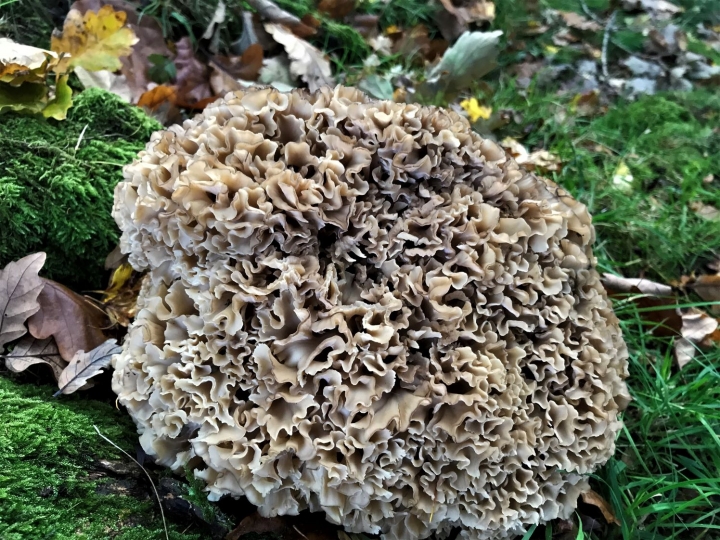















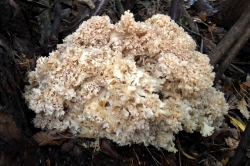
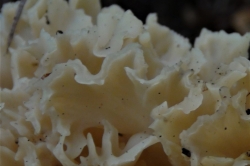
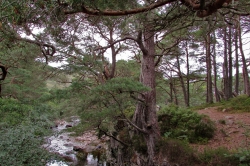


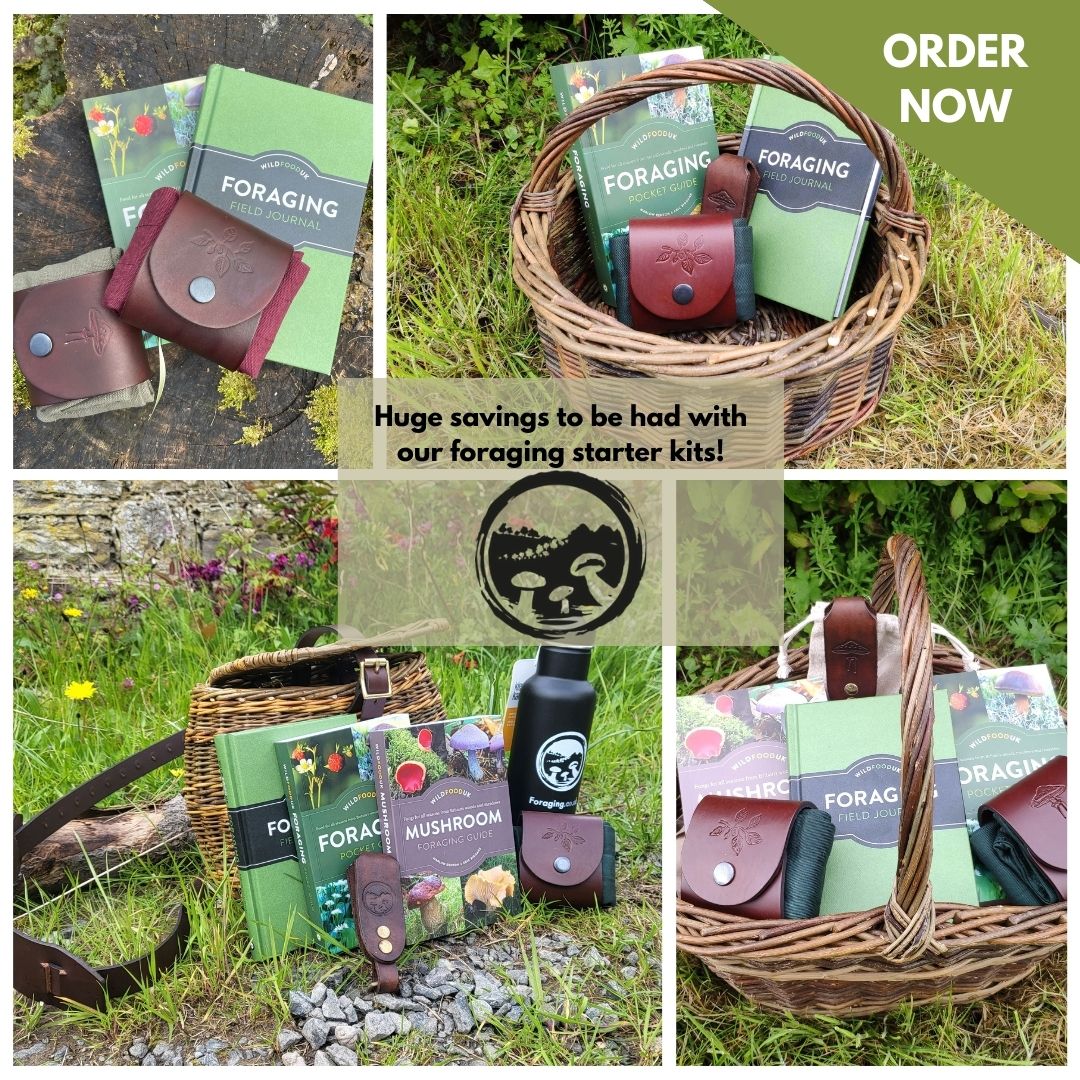



16 comments for Cauliflower Fungus
Keep looking out for the mushrooms in your monthly emails .found quite a few. But still not got the nerve to pick and eat any . , but still love it thanks
Hi Craig, have you read any of our articles? Our ‘wild mushrooms for beginners’ and ‘identifying white mushrooms’ articles are a good starting point. We do also run foraging courses which give you a hands on experience of identifying different plants and mushrooms, we find that this is usually the best way to learn. We would also recommend getting yourself a good mushroom identification book, Roger Philips Mushrooms is a really good one.
Found a lovely clump of this in Devon!!! How would you recommend cooking it??
Hi Rebecca, after thorough cleaning I like to just fry this mushroom in butter and season to get the true taste of it.
Hi ,
Are there any foraging for mushroom courses in and around the Dorchester area and Mid to West Dorset ?
I would love to be more knowledgable . At the moment I am fine with field and horse mushrooms in Autumn anything else I am less sure . I came across a beautiful clump in a mixed deciduous woodland copse this morning and would have loved to pick a few .
Regards
Diane Sugden
The closest courses to you would be in the New Forest or Dartmoor. The New Forest is mainly a mushroom based course, Dartmoor is both plants and fungi.
River Cottage do them too. Found a fair few Cauliflower Fungus clumps yesterday at Verwood. Reckon I could do with a bit more, but live west Dorset & the drive over is too tedious.
Is there an image/ photo-based iPhone App recommended for mushroom and fungi I.D?
The apps can be useful in pointing you in the right direction for IDs but I would not trust any of them to ID a mushroom safely enough for consumption.
I found one today in Wavendon Wood Buckinghamshire today.
I found a similar-looking fungus that I’d love to identify. It’s in Snowdonia, NW Wales. Please help if you can!
It’s about 20cm across and I think it fell off a moss-covered oak branch that fell down from a great height in bad weather, so not at the base of a tree at all.
It was a pale pinky peach colour and the centre at the bottom is a dark ruddy brown, where it’s started to rot, I assume. A couple of days after discovery the main colour has darkened to a pale brown.
The fronds are rounded at the edges, unlike the close up of the cauliflower fungus. It looks more like a yellow brain fungus in shape (but much, much larger and a completely different colour).
I have a couple of pictures from today when it was drier than when I first saw it a few days ago.
Sorry for the late reply, you can send in photos to [email protected] and we will try to identify them for you.
Found a rather old one in Pembrokeshire today
my 3th favourite mushroom, superb as a side with scrambled eggs and fresh bread and butter.
so far I did found this mushroom only twice
I found one of these in Cefn Orn park on the outskirts of Cardiff today, huge, bigger then a football!
Excited at having discovered a cauliflower mushroom at the base of a Scots Pine in our garden in North West Hampshire. Love to know if there are any courses near Newbury, Berkshire.